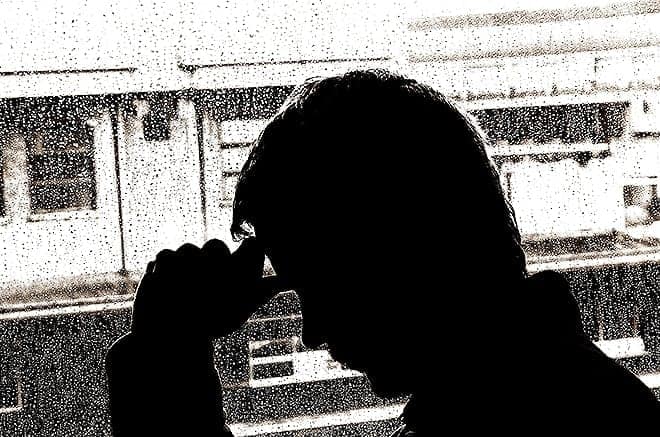Continuing stigmatization and growing hospitalizations

 Author: annie trussler – contributor
Author: annie trussler – contributor
“Everyone has bad days.”
You can already hear the voice in your mind, a tone bathed in condescension, masked by paper thin sympathy. The voice that, despite its defenses and rationalizations, says, “I don’t believe your problem is real.”
Mental health is not only horrendously stigmatized, the number of those suffering has skyrocketed, and continues to go unaddressed, untreated, and ignored. According to the CBC, “roughly half of all overnight patients aged 5 to 24 are being treated for a mental [illness].” This suggests that, while half of overnight patients suffer physical ailments, the other half, the other 50 per cent, are forced to shoulder the burden of mental illness that goes otherwise disrespected and unrecognized. Even so, many are more likely to nurse a broken leg, and dismiss a depressive episode. Many are more willing to tend to stitches, than calm a panic attack. These statements are deniable, but so are the facts – mental illness exists, and it will only get worse the longer it is ignored.
This is not to imply that the increased numbers of neurodivergent people seeking help is negative. The very fact that medical help is more readily available to those in need is comforting. At the very least, it relays the message to children, the parents of children, and young adults, that there is a safe place to navigate their hardships. To seek refuge in the medical system is not the tragedy here, but rather, the number of people that need to, and the lack of respect they are awarded in return. So little interest is taken in the upkeep and care of the country’s mentally ill; mental illness is reduced almost entirely to stereotypes, to glorified depression and anxiety (both of which are also deserving of respect and care), and the dismissing of disorders too ‘ugly’ for the mainstream.
Guidance counsellors are placed in high schools, therapists are assigned to preside over elementary school classrooms, but somehow that does not reduce the fear that mentally ill children face. The sense of being different, of not belonging, of being detached, that will not subside, even with the added promise and presence of medical aid. Learning to live life, whilst simultaneously attempting to navigate reality behind the lens of mental illness, is not quite so clinical as we have been led to believe. Psychiatric aid is a base comfort, but when stigma against the mentally ill pervades all levels of society, no true progress can be made.
When children see caricatures of the neurodivergent played out in television, when the autistic are mocked for cheap comedy (see: The Big Bang Theory), when ‘mental institutions’ are made horrific and violent, mentally ill children learn to hate themselves, fear others, doubt medical aid and close themselves off from any genuine assistance. They become infinitely more willing to pretend their depression, their anxiety, their paranoia, their delusions, their hallucinations and their fear do not really exist, for how could they? Only ‘weird’ children are sick! Only ‘crazy people’ feel this sad, and ‘they’ get sent to the ‘asylum.’
It is an irrefutable fact that mentally ill people exist, and that the amount of mentally ill children and young adults only continues to climb. The numbers do not lie, the consistently full psychiatric ward does not lie, but most importantly, the mentally ill themselves do not lie. Even still, mental illness is hardly given the respect and care it deserves. How high must the toll reach before the severity of mental illness is truly considered for the life changing entity that it is? Even when hospitals are half full with people seeking aid for their mental illness, the neurodivergent go without respect, without proper care, without education about themselves, and without early promise that they are not defective for existing in their own skin.







